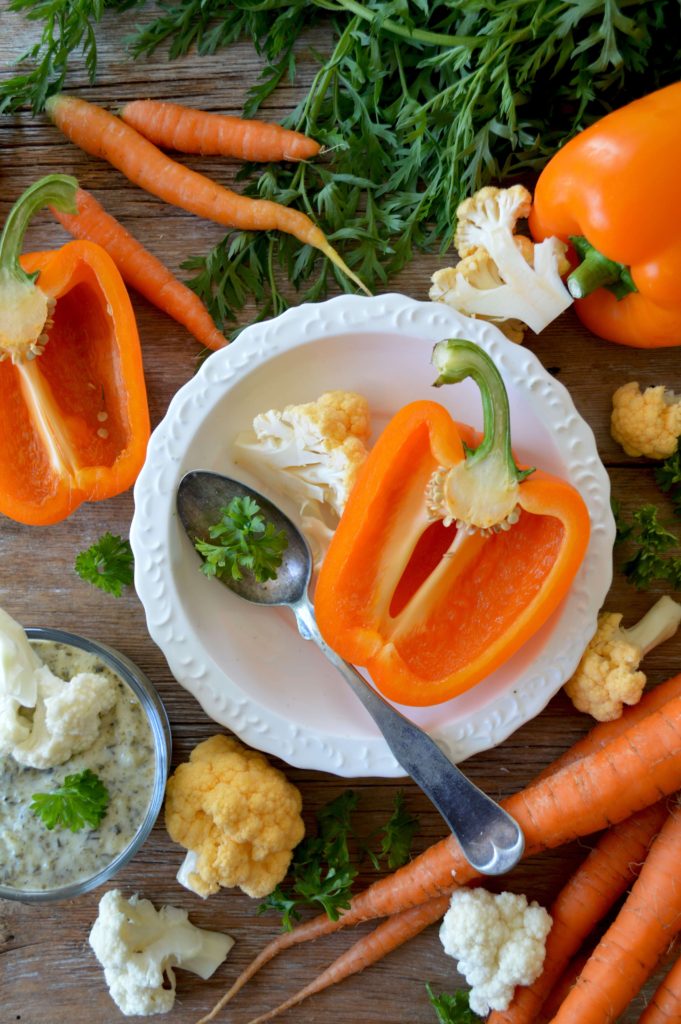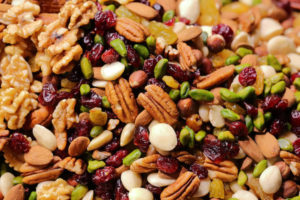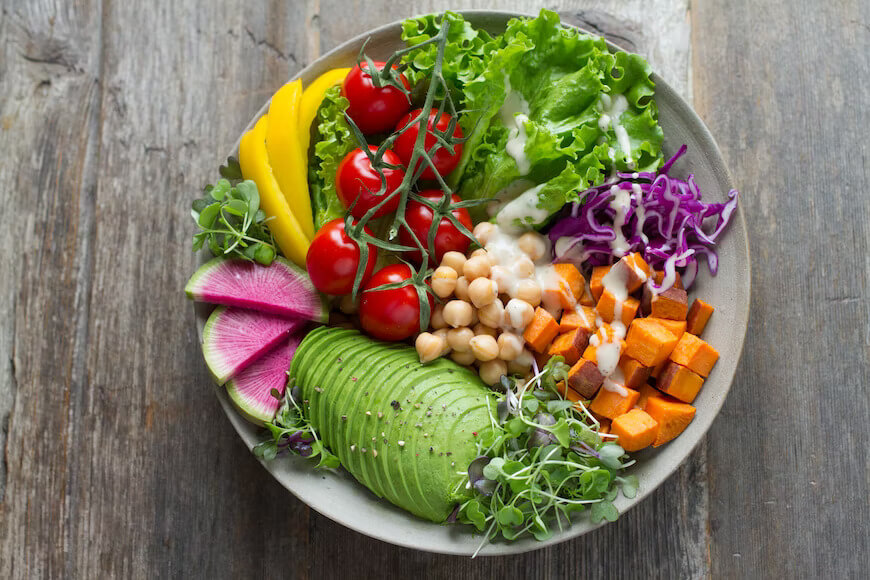
If you are new to a renal diet, or are caring for someone who is, preparing meals can feel a little daunting at first. You know the phrase ‘take it one day at a time?’ Well, when it comes to the renal diet, I like to say ‘take it one meal at a time.’ If we can get breakfast right, we are off to a great start.
Keeping it Balanced: PPF
When planning meals on your renal diet, think of the acronym PPF.
P→ Protein
P→ Produce
F→ Fat
We want to make sure our meals contain a source of protein, produce, and fat. Including these components helps to ensure that our meals are nutritionally balanced. Let’s dig deeper into each component.
Protein
When you have CKD, it’s important to be conscious of the type of protein you eat. Whole grains, nuts, seeds, and legumes all provide whole food sources of plant protein. Plant proteins are kidney friendly because they generate less acid than animal proteins and contain fiber which nourishes the gut. Here are some specific examples of kidney friendly proteins:

- Chickpeas
- Tofu
- Lentils
- Oatmeal
- Quinoa
- Peanut butter
- Walnuts
- Pumpkin seeds.
In general, it is best to limit your intake of animal protein, especially flesh based animal protein such as meat, poultry and fish. Vegetarian sources of animal protein, such as eggs, yogurt and cheese can usually be included as long as you are conscientious about portion size. This is especially important for cheese, as the sodium content can really add up.
Produce

Produce can be a fruit, a vegetable, or a combination of both. When you have CKD, the more produce you eat, the better. Fruits and veggies reduce inflammation, improve the health of the gut, and control blood pressure. They also help keep the blood more alkaline.
Fat
Fat, particularly the kind that comes from plants, is an especially important nutrient on a renal diet. Because a person with CKD will typically need to reduce their protein intake somewhat, fat helps to replace some of the calories lost to protein and ensures that you still feel full and satisfied from your meals. Here are some example sources of plant fat to include:
- Extra virgin olive oil
- Avocado
- Ground flaxseed,
- Chia seed
- Macadamia nuts
- Hummus
- Coconut flakes
- Coconut milk
- Hemp oil
Building a Balanced Breakfast
Ok, so now that we know the basics of applying PPF, let’s think about some ideas for breakfast Here are some options
- Oatmeal (protein) with banana and raspberries (produce) and coconut flakes (fat).
- Breakfast Tortilla: Tex-mex spiced black beans (protein) with peppers and onions (produce) sauteed in extra virgin olive oil (fat) served on a corn tortilla and topped with sour cream and salsa.
- Avocado Veggie Toast with Egg: Whole grain toast (protein) + sauteed spinach and garlic (produce) + mashed avocado (fat) and egg (protein).
- Breakfast Parfait: Whole milk plain yogurt (protein) + fresh fruit (produce) + ground flaxseed (fat).
Peanut Butter Smoothie: Unsweetened almond milk + natural peanut butter (protein) + chia seeds (fat) + baby spinach, banana and mixed frozen berries (produce).
You may be concerned that some of the foods included in these examples are high in potassium. If you struggle with elevated potassium levels, you may need to limit some of these foods and swap them out for lower potassium alternatives. However, it’s also possible that you are limiting potassium unnecessarily.
My next blog post will cover potassium in more depth. Stay tuned!
